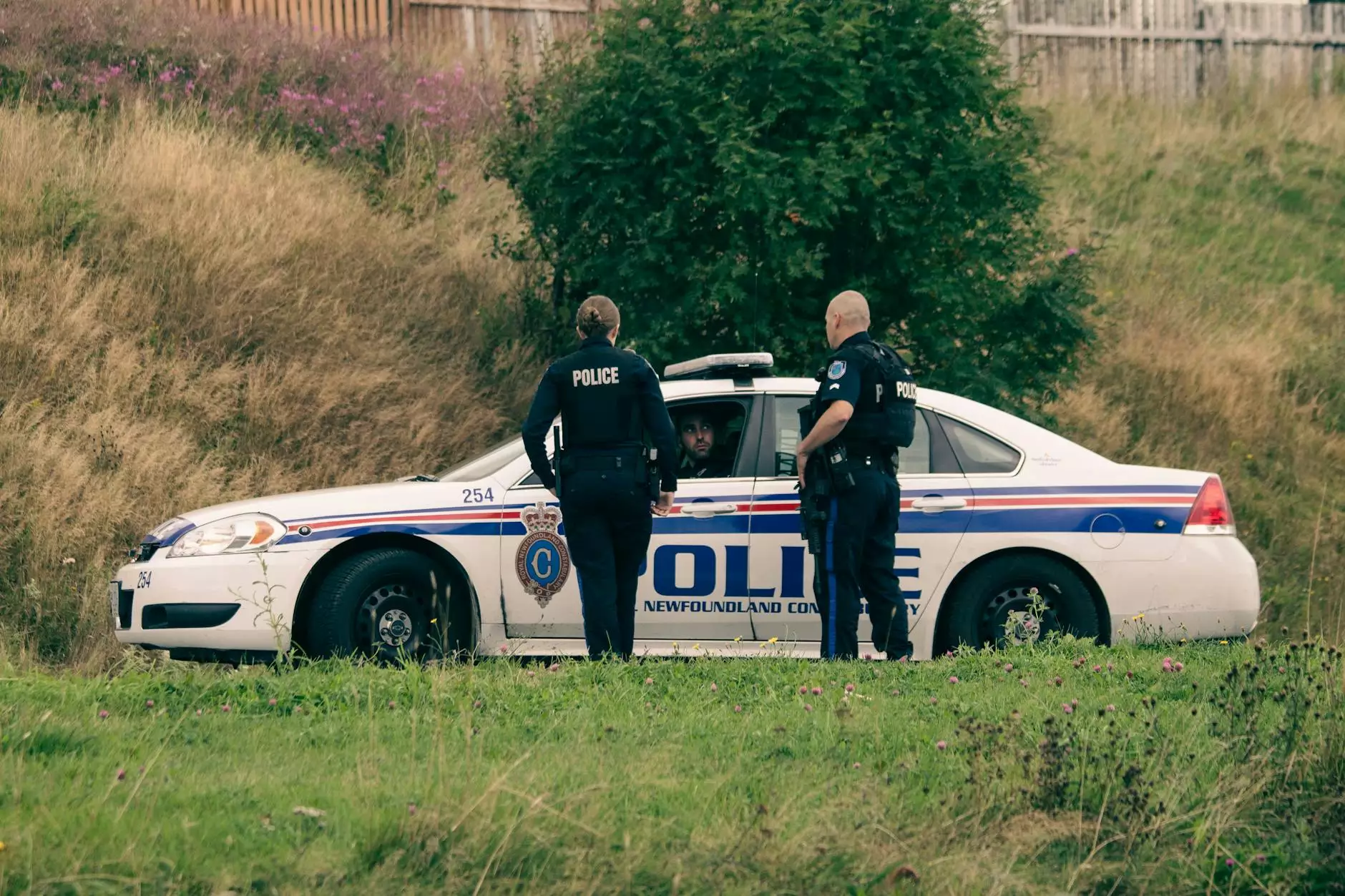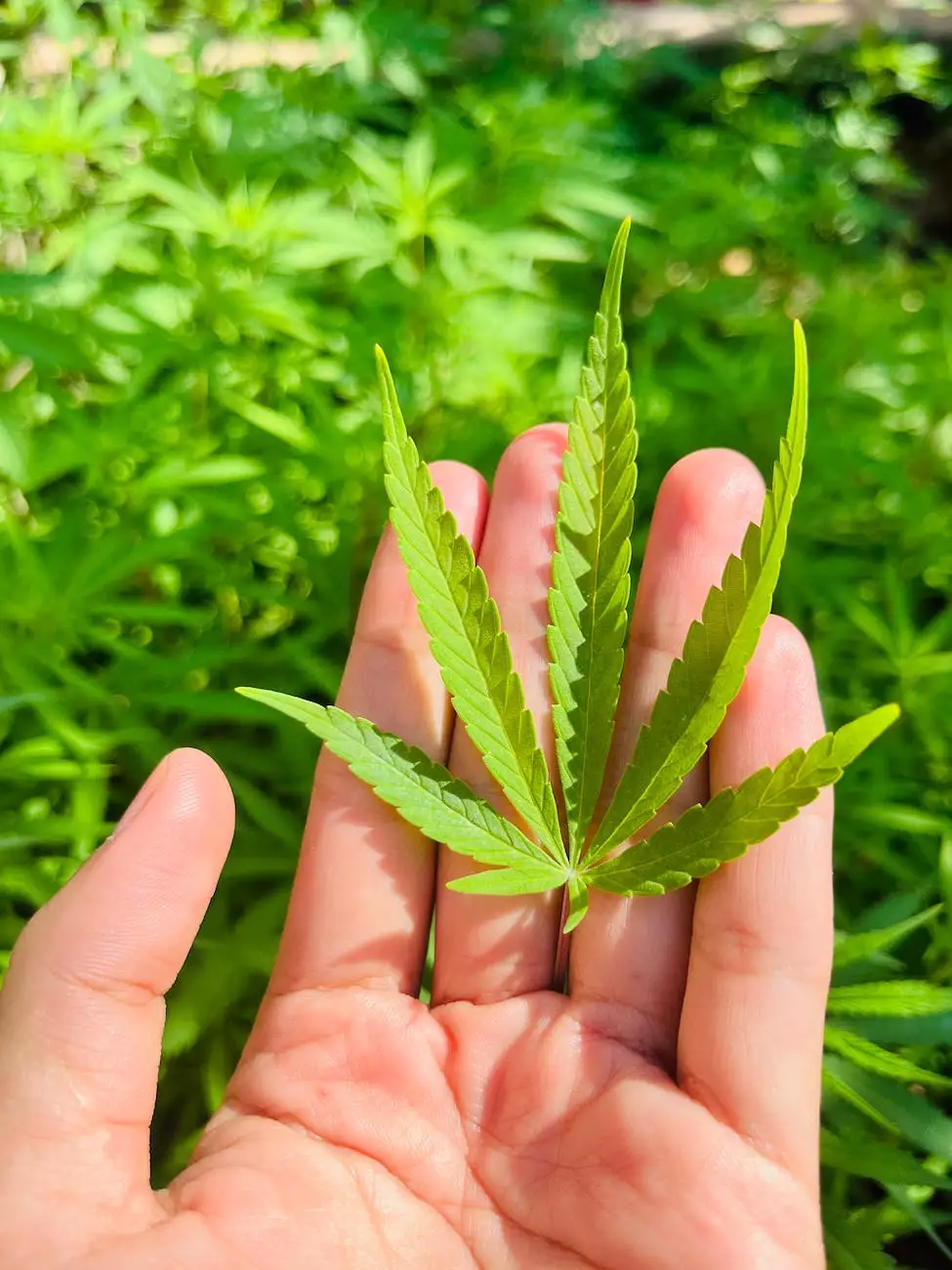Understanding Lawn Thatch

What is Lawn Thatch?
Lawn thatch refers to the layer of organic matter that accumulates between the grass blades and the soil surface. It mainly consists of dead and living plant material, such as grass clippings, leaves, stems, and roots. While some thatch is natural and beneficial, excessive thatch buildup can lead to various problems for your lawn.
The Importance of Managing Thatch
Effective management of lawn thatch is crucial for maintaining a healthy and vibrant lawn. Excessive thatch can prevent proper water and nutrient absorption, impede air circulation, encourage disease and pest infestation, and hinder the growth of desirable grass species. Regular monitoring and appropriate action can help prevent these issues and promote optimal lawn health.
Identifying Excessive Thatch
To determine if your lawn has excessive thatch buildup, perform a simple test. Using a rake, part the grass and visually inspect the layer between the blades and the soil. If the thatch layer is more than half an inch thick, it's a clear indication of excessive thatch, and corrective measures should be taken.
Thatch Removal Techniques
There are several effective techniques for tackling excessive thatch in your lawn:
- Dethatching: This process involves using a dethatching machine or a specialized rake to mechanically remove the thatch layer. It's recommended for severe thatch problems and should be done during the growing season.
- Aeration: Core aeration helps alleviate thatch buildup by creating openings in the soil, enhancing water and nutrient penetration, and promoting the activity of beneficial microorganisms that naturally break down thatch.
- Topdressing: Applying a thin layer of compost or sand over the lawn helps accelerate the decomposition of thatch, improves soil structure, and encourages healthier grass growth.
Prevention and Maintenance
Preventing excessive thatch buildup is key to maintaining a healthy lawn. Here are some essential tips for preventing thatch accumulation:
- Mowing Height: Maintain an appropriate mowing height to avoid cutting off too much grass at once, as excessive clippings contribute to thatch formation. Adjust the mower height according to the grass species and growing conditions.
- Frequent Mowing: Regularly mow your lawn to prevent overgrowth and the accumulation of long clippings. Aim to remove no more than one-third of the grass blade height with each mowing session.
- Proper Watering: Adequate and deep watering encourages strong root development and prevents shallow root growth that can contribute to thatch buildup. Water deeply but infrequently to promote deep root growth.
- Avoid Excessive Nitrogen: While nitrogen is essential for promoting lush green growth, excessive nitrogen fertilizer applications can lead to excessive thatch. Follow recommended fertilization practices for your specific grass type.
- Aeration: Regularly aerate your lawn to improve soil drainage, encourage root growth, and prevent excessive thatch buildup. This helps maintain a healthy balance in your lawn ecosystem.
Seeking Professional Help
If you're unsure about managing thatch or have persistent thatch issues despite your efforts, it's wise to consult professionals like Cutting Hedge Services. Our experienced team can assess your lawn's condition, provide expert advice, and offer specialized services to ensure your lawn remains healthy and vibrant.
Conclusion
Understanding lawn thatch and implementing proper management techniques is vital for the long-term health and beauty of your lawn. Regular maintenance, appropriate thatch removal, and preventive measures will go a long way in creating a lush, vibrant, and disease-resistant turf. Trust Cutting Hedge Services for all your lawn care needs and enjoy a beautiful, well-maintained lawn throughout the seasons.




